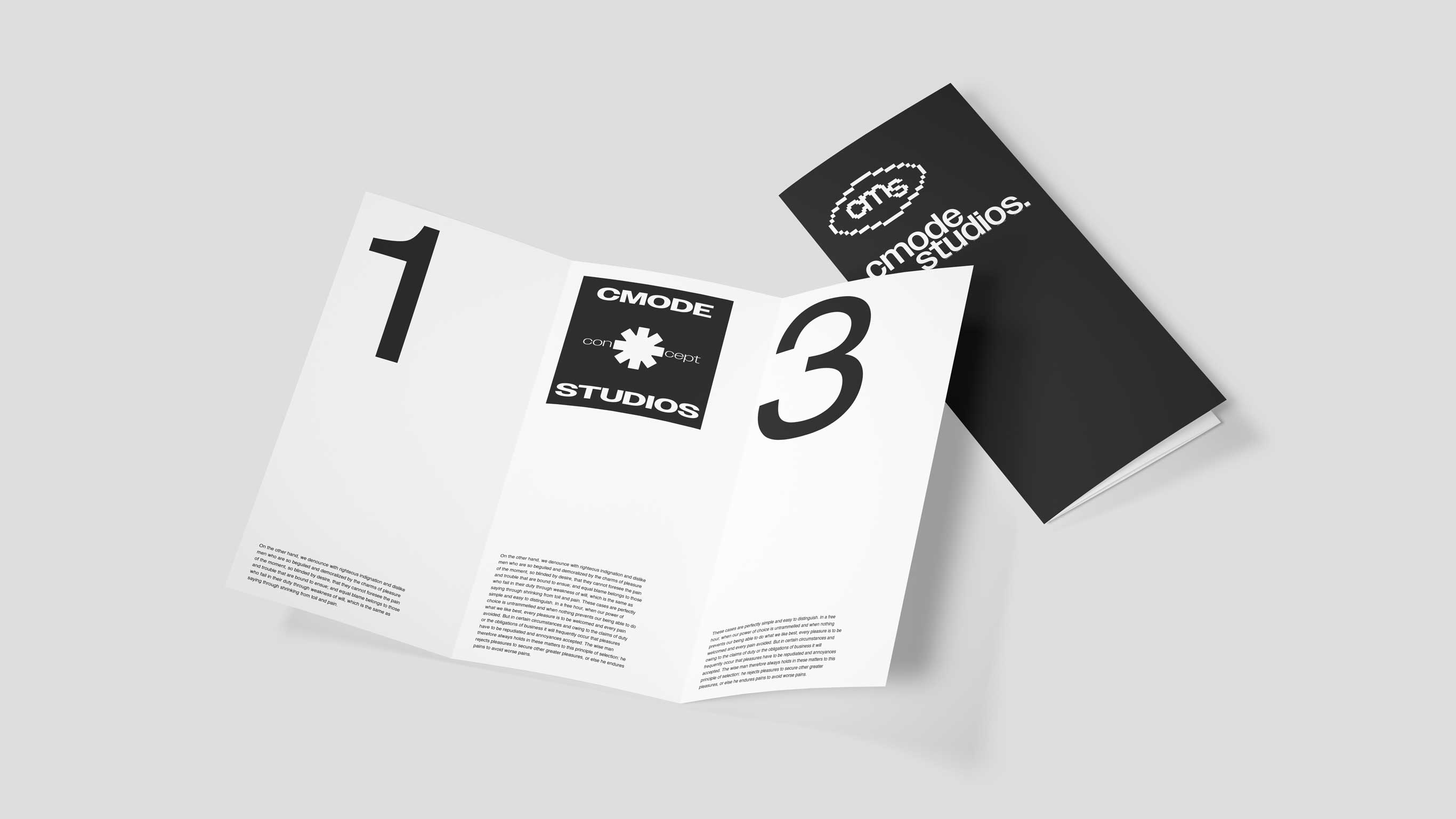Explore a step-by-step design thinking framework rooted in empathy, clarity, and rapid iteration—ideal for creating impactful user-centered solutions.

July 28, 2025

Design for people, not assumptions.
Before crafting solutions, take time to deeply understand who you're designing for. Go beyond surface-level research:
The goal is to uncover pain points, motivations, and unmet needs. When insights are rooted in real human behavior, your design becomes more intuitive, relevant, and emotionally resonant.
Clarity drives creativity.
Once you've gathered insights, zoom in on the core challenge. Ask yourself:
Craft a focused, inspiring problem statement. This becomes your compass—guiding ideation, keeping teams aligned, and ensuring you’re solving the right problem.
Quantity leads to quality.
With a clear challenge in hand, it’s time to explore possibilities. Encourage open brainstorming with no judgment. Use methods like:
Aim for volume and variety. Then filter ideas through the lens of desirability, feasibility, and innovation. The best ideas often emerge from unexpected combinations.
Get ideas out of your head and into the world.
Move quickly from concept to form using low-fidelity tools:
These early prototypes are not about perfection—they’re about exploration. The sooner you build something testable, the sooner you uncover what works (and what doesn’t).
Let real users shape your direction.
Share prototypes with your audience and watch how they engage. Pay attention to:
Iteration is where the magic happens. It’s not about fixing failure—it’s about learning and evolving. User insights turn raw ideas into refined, impactful solutions.
Stay curious. Stay open. Stay focused on people.
Design is never really done. The best solutions grow and adapt with time, feedback, and new context. When you treat design as a continuous loop of learning and improvement, your work becomes more than functional—it becomes meaningful.
Design Thinking is more than a process—it's a mindset rooted in empathy and experimentation. When you:
...you create products, services, and experiences that truly make a difference.
Whether you're redesigning a product or building something brand new, this approach helps you stay grounded in what really matters: solving real problems for real people.
© 2025 CREATIVEMODE STUDIOS. All Rights Reserved.